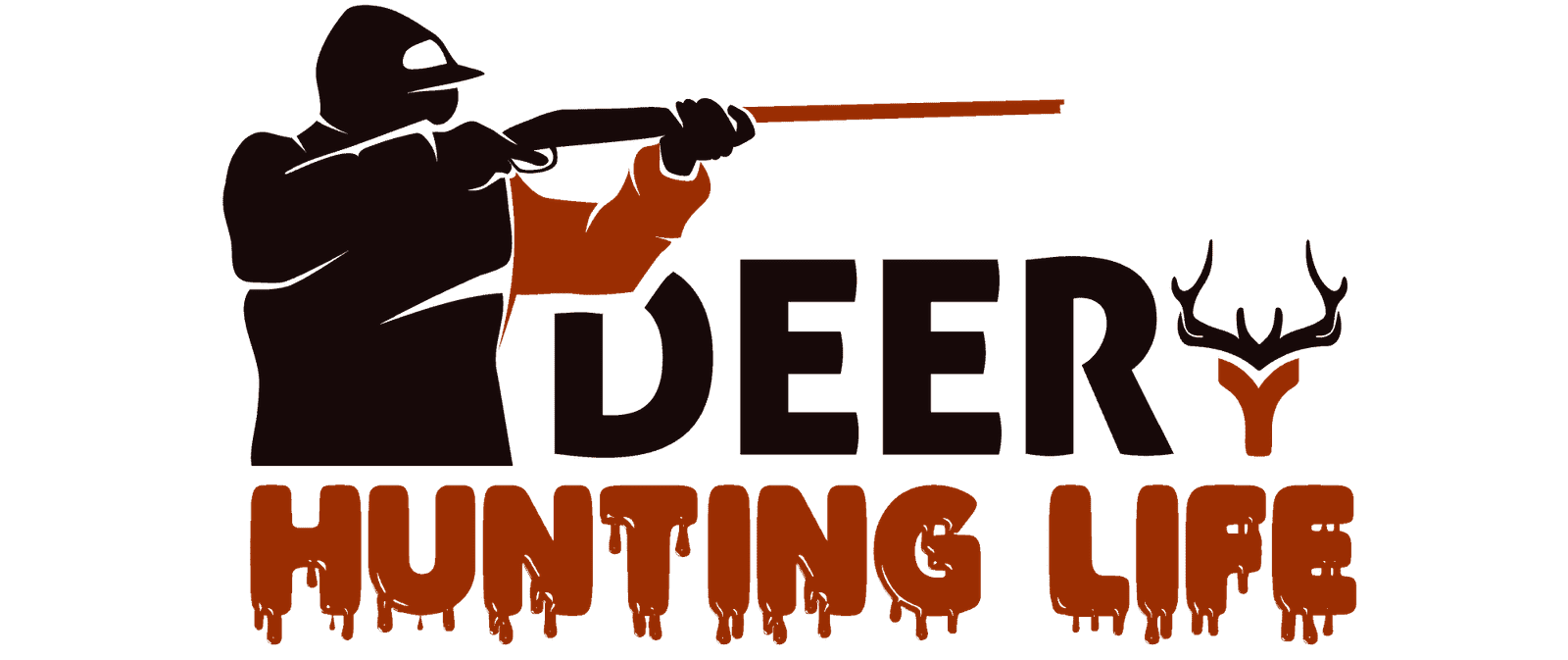Deftly darting deer frequently forage for food in fields flush with flora. As you ponder the planting of your plots, you might question whether buckwheat belongs in your agricultural arsenal, particularly when considering the dietary habits of these local ungulates.
Buckwheat, a plant often praised for its soil-enriching qualities and hearty nutritional value, poses a potential twofold benefit to your land: it can boost your soil’s fertility and possibly serve as a palatable pasture for deer populations.
Yet, before you scatter those seeds, it’s crucial to understand the complexities of deer dietary preferences and the implications for your crop management. Will buckwheat be the bridge between your farming endeavors and the natural foraging behavior of deer, or will it stand untouched, a testament to the unpredictability of wildlife habits?
Stay with this discussion to uncover the intricacies of this agricultural enigma.
Buckwheat Nutritional Profile
Buckwheat’s dense nutritional profile offers deer a rich source of digestible protein, essential for their growth and health. You’ll find that buckwheat isn’t just a quick fix; it’s a powerhouse of nutrients that can significantly bolster the diet of deer, especially during the leaner months. With crude protein levels ranging between 9% and 20%, buckwheat stands out as more than just a stopgap food; it’s a substantial summer food source that supports the well-being of the deer population.
As you consider planting buckwheat, know that it’s not only beneficial for deer but also acts as a great green manure for your land. It grows fast, thrives in those tricky spots with low-fertility soil, and matures within a short 60-70 days. This rapid growth cycle means you’ll have a lush, green plot ready just in time when other natural forages might be scarce.
Plus, its sweet-smelling flowers and succulent leaves are like a magnet for deer, making it an ideal choice for enhancing your wildlife management efforts and improving your hunting prospects. So, when you plant buckwheat, you’re not just providing food; you’re investing in the health of both the deer and the land.
Do deer eat buckwheat?
Deer certainly do graze on buckwheat, drawn to its sweet flowers and tender leaves, especially when other forage options are scarce. You might find these animals in your food plot, munching on the plant if you’re planting buckwheat as a part of your land management strategy. This warm-season annual isn’t just a favorite because of its taste; it also offers significant nutritional value during times when deer need it most.
As you consider planting buckwheat, understand that while deer eat it, they may not favor it over all other plants. It’s moderately preferred, which actually works to your advantage. By including it in your food plot, you’re ensuring that deer have access to a reliable food source without the risk of overgrazing.
Moreover, buckwheat is a champion of soil health. Its presence in your food plot can suppress weeds and add organic matter, improving the habitat for deer and other wildlife. It’s a quick grower, too, so a mid- to late-summer planting can yield a lush plot capable of attracting deer in no time.
Buckwheat: A Good Summer Food Source for Deer
As summer approaches, consider planting buckwheat to provide a nutritious and quick-growing food source for your local deer population. This warm-season annual isn’t only easy to grow but also thrives in a variety of soil conditions. Whether you’re dealing with hilly terrain or poor soil, buckwheat is a resilient choice for your food plots.
You’ll find that buckwheat is incredibly adaptable, flourishing in both cool, moist areas and in soils with low fertility. It’s the perfect cover crop, offering protection and preserving moisture for any clover you’ve planted.
When you sow buckwheat in late spring or early summer, as soil temperatures warm to at least 50°F, you’ll soon see it attract deer with its sweet-smelling flowers.
Attracting Deer With Buckwheat
Utilizing buckwheat in your food plots can effectively lure deer, thanks to the plant’s aromatic flowers and tender leaves that they find irresistible. This crop is a reliable way of attracting deer with buckwheat, especially when other whitetail food sources are scarce. When you plant buckwheat, you’re offering a buffet that appeals to their palate and also provides essential nutrition.
The strategy is simple: buckwheat’s rapid new growth is a magnet for deer. Its ability to prosper in a variety of soil conditions makes it an excellent choice for your plots. Moreover, the dense foliage not only serves as a food source but also offers cover, making deer feel secure while feeding. This dual purpose enhances the plant’s attractiveness.
Managing Buckwheat Plots
To ensure your buckwheat plots thrive and continue to attract deer, start by conducting a soil test to determine the precise nutrients your land requires. Managing buckwheat plots effectively involves maintaining soil fertility and a pH greater than 6.0. After testing, you might need to add lime and fertilizers—plan to apply about 20 to 30 lbs./acre of nitrogen and at least 40 lbs./acre of phosphorus and potassium.
Remember, buckwheat is a fantastic fall crop that can be planted alone or with other warm-season annuals. It’s adaptable, tolerating various soil conditions, but it flourishes best in well-drained soils with a pH level between 5.5 and 7.0.
For optimal growth, plant your buckwheat when soil temperatures consistently stay above 50°F, typically in late spring or early summer, depending on your region.
Conclusion
As you’ve learned, buckwheat is a deer-friendly crop that’s packed with nutrition. It’s a fantastic summer food source, and planting it can attract deer to your land.
Manage your buckwheat plots effectively, and you’ll not only enrich your soil but also provide a hearty meal for local wildlife.
So go ahead, give buckwheat a shot—you might just become the favorite dining spot for the neighborhood deer.

